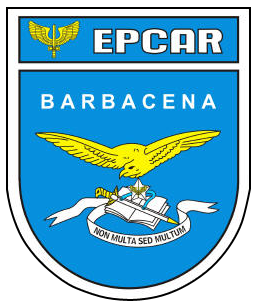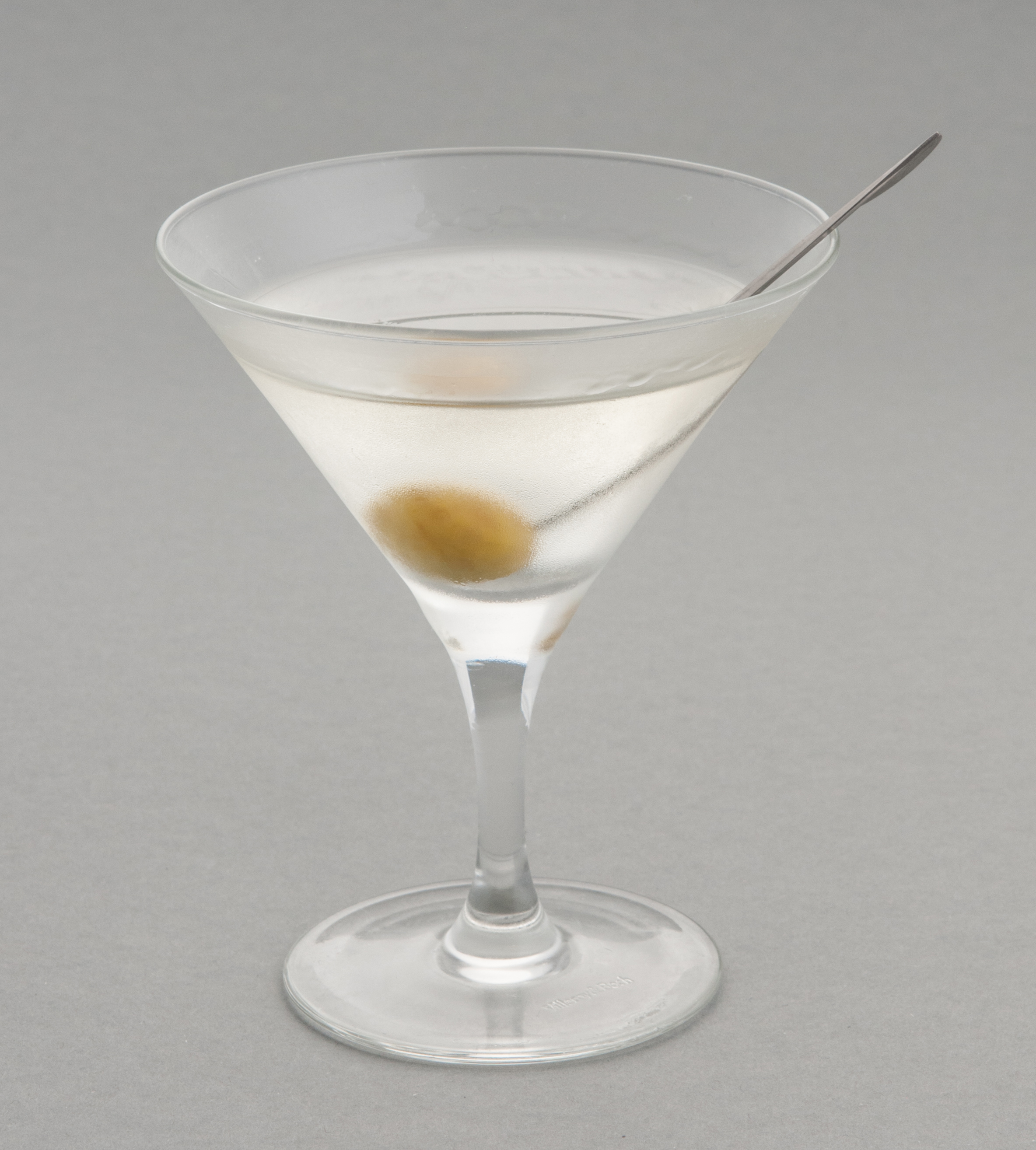|
Pirassununga
Pirassununga is a municipality in the state of São Paulo in Brazil, with an altitude of 627 meters. The population is 76,877 (2020 est.) in an area of 727 km2. Situated in the southeast region of Brazil, the city is home to many important institutions, one being the Brazilian Air Force Academy. All current and future officers of the Brazilian Air Force are trained here. Pirassununga is also home to Fort Anhaguera, which once hosted the 13th Mechanized Cavalry Regiment of the Brazilian army. In addition to being an important region for the Brazilian military, Pirassununga is a hub for the agriculture and environmental sciences of Brazil. The University of São Paulo'Faculdade de Zootecnia e Engenharia de Alimentos (FZEA) which translates to the College of Animal Science and Food Engineering, is located in the city. Pirassununga is also the location oCEPTA the National Research and Conservation Center of Continental Aquatic Biodiversity, which is associated with the Chico Me ... [...More Info...] [...Related Items...] OR: [Wikipedia] [Google] [Baidu] |
Brazilian Air Force Academy
The Brazilian Air Force Academy (AFA, ''Academia da Força Aérea'' in Portuguese) is the Brazilian Air Force's educational institution that provides initial officer training for the main Officer Board of Brazil's Air Force Command. The academy is located east of Pirassununga city, in São Paulo State county, and it is the largest Brazilian Air Base as well as the largest Air Force Academy of Latin America. All three Officer Formation Courses (CFOs) of ''Academia da Força Aérea'' are recognized as Superior Degree by Brazil's Ministry of Educations. The academy fulfills its mission of "training officers for the Air Force Aviators Board, Air Force Quartermasters Board and Air Force Infantry Boards, developing the attributes in each cadet on military martiality, intellectuals and professionals, in addition to ethical, moral, civic and social concerns, obtaining, at the end of this process, a position to become leaders of a modern Air Force". The Air Force Academy is, along with ' ... [...More Info...] [...Related Items...] OR: [Wikipedia] [Google] [Baidu] |
University Of São Paulo
The Universidade de São Paulo (, USP) is a public research university in the Brazilian state of São Paulo, and the largest public university in Brazil. The university was founded on 25 January 1934, regrouping already existing schools in the state of São Paulo, such as the Law School, the Polytechnic School, and the College of Agriculture. The university's foundation in that year was marked by the creation of the Faculty of Philosophy, Sciences and Literature, and subsequently new departments. Currently, the university is involved in teaching, research, and university extension in all areas of knowledge, offering a broad range of courses. It has eleven campuses, four of them in the city of São Paulo. The remaining campuses are in the cities of Bauru, Lorena, Piracicaba, Pirassununga, Ribeirão Preto and two in São Carlos. University of São Paulo alumni and faculty include past or present 13 Brazilian presidents, members of the National Congress, and founder ... [...More Info...] [...Related Items...] OR: [Wikipedia] [Google] [Baidu] |
Municipalities Of Brazil
The municipalities of Brazil () are administrative divisions of the states of Brazil, Brazilian states. Brazil currently has 5,571 municipalities, which, given the 2019 population estimate of 210,147,125, makes an average municipality population of 37,728 inhabitants. The average state in Brazil has 214 municipalities. Roraima is the least subdivided state, with 15 municipalities, while Minas Gerais is the most, with 853. Northern states are divided into small numbers of large municipalities (e.g. Amazonas (Brazilian state), Amazonas is divided into only 62 municipalities), and therefore they cover large areas incorporating several separated towns or villages that do not necessarily conform to one single conurbation. Southern and eastern states on the other hand, are divided into many small municipalities (e.g. Minas Gerais), and therefore large urban areas usually extend over several municipalities which form one single conurbation. The Federal District (Brazil), Federal Distr ... [...More Info...] [...Related Items...] OR: [Wikipedia] [Google] [Baidu] |
Hydroelectricity
Hydroelectricity, or hydroelectric power, is Electricity generation, electricity generated from hydropower (water power). Hydropower supplies 15% of the world's electricity, almost 4,210 TWh in 2023, which is more than all other Renewable energy, renewable sources combined and also more than nuclear power. Hydropower can provide large amounts of Low-carbon power, low-carbon electricity on demand, making it a key element for creating secure and clean electricity supply systems. A hydroelectric power station that has a dam and reservoir is a flexible source, since the amount of electricity produced can be increased or decreased in seconds or minutes in response to varying electricity demand. Once a hydroelectric complex is constructed, it produces no direct waste, and almost always emits considerably less greenhouse gas than fossil fuel-powered energy plants. [...More Info...] [...Related Items...] OR: [Wikipedia] [Google] [Baidu] |
Cachoeira Das Emas
Cachoeira ( Portuguese, meaning waterfall) is an inland municipality of Bahia, Brazil, on the Paraguaçu River. The town exports sugar, cotton, and tobacco and is a thriving commercial and industrial centre. The municipality contains 56% of the Baía do Iguape Marine Extractive Reserve, created in 2000. São Félix is located directly across the Paraguaçu River from Cachoeira; it also borders the municipalities of Conceição da Feira, Santo Amaro, Saubara, Maragogipe, Governador Mangabeira, and Muritiba. History The area of present-day Cachoeira was home to numerous Amerindians prior to the colonial period. Paulo Dias Adorno and Afonso Rodrigues arrived in the region in 1531 from Portugal. They and their descendants entered into a century of conflict with the existing indigenous population, ultimately resulting in the expulsion of native Brazilians from the region. Mem de Sá, governor-general of the Portuguese colony of Brazil from 1557 to 1572, first attempted to exp ... [...More Info...] [...Related Items...] OR: [Wikipedia] [Google] [Baidu] |
Caipirinha
Caipirinha () is a Brazilian cocktail, of São Paulo (state), São Paulo origin, with cachaça (sugarcane hard liquor), sugar, Lime (fruit), lime, and ice. The drink is prepared by mixing the fruit and the sugar together, then adding the liquor. Known and consumed nationally and internationally, caipirinha is one of the most famous components of Brazilian cuisine, being the most popular national recipe worldwide and often considered the best drink in the country and one of the best cocktails/drinks in the world, having reached third place in 2024, according to the specialized website ''TasteAtlas''. Due to its importance and popularity, the caipirinha was declared Cultural heritage, Brazilian Cultural Heritage in 2003; in 2019, it was considered Intangible Heritage of Rio de Janeiro, despite its origins in Piracicaba, city of São Paulo state. It is part of the List of IBA official cocktails, list of official cocktails of the International Bartenders Association (IBA). History A ... [...More Info...] [...Related Items...] OR: [Wikipedia] [Google] [Baidu] |
Cocktail
A cocktail is a mixed drink, usually alcoholic beverage, alcoholic. Most commonly, a cocktail is a combination of one or more liquor, spirits mixed with other ingredients, such as juices, flavored syrups, tonic water, Shrub (drink), shrubs, and bitters. Cocktails vary widely across regions of the world, and many websites publish both original recipes and their own interpretations of older and more famous cocktails. History A well-known 'cocktail' in ancient Greece was named kykeon. It is mentioned in the Homeric texts and was used in the Eleusinian Mysteries. 'Cocktail' accessories are exposed in the Museum of the Royal Tombs of Aigai (Vergina), Museum of the Royal Tombs of Aigai (Greece). They were used in the court of Philip II of Macedon to prepare and serve mixtures of wine, water, honey as well as extracts of aromatic herbs and flowers, during the banquets. In the United States, a written mention of 'cocktail' as a beverage appeared in ''The Farmers Cabinet,'' 1803. T ... [...More Info...] [...Related Items...] OR: [Wikipedia] [Google] [Baidu] |
Cachaça
''Cachaça'' () is a Liquor, distilled spirit made from fermented sugarcane juice. Also known as ''pinga'', ''caninha'', and other names, it is the most popular spirit in Brazil.Cavalcante, Messias Soares. Todos os nomes da cachaça. São Paulo: Sá Editora, 2011. 392p. Outside Brazil, cachaça is used almost exclusively as an ingredient in tropical drinks, with the ''caipirinha'' being the most famous and popular cocktail. In Brazil, caipirinha is often paired with the dish ''feijoada''. History Sugar production was mostly switched from the Madeira, Madeira islands to Brazil by the Portuguese in the 16th century. In Madeira, ''aguardente de cana'' is made by distilling fermented sugar cane juice into liquor, and the pot stills from Madeira were brought to Brazil to make what today is also called ''cachaça''. The process dates from 1532, when one of the Portuguese colonists brought the first cuttings of sugar cane to Brazil from Madeira. The name ''Cachaça'' is legall ... [...More Info...] [...Related Items...] OR: [Wikipedia] [Google] [Baidu] |
Piracema
Piracema (from tupi "pirá", fish + "sema", exit) is the name given to the period of the year when fish within the Paraguay River drainage basin―which includes the Pantanal region in the Brazilian states of Mato Grosso and Mato Grosso do Sul―reproduce. The season lasts from October to March, during which the fish swim upstream to lay their eggs and reproduce. Thus the season is critical for the maintenance of fish populations in the waters of the local rivers and lakes. Both of the Brazilian states prohibit fishing during this period. Prohibition of Fishing Measures have been taken as a way of preventing impacts from overfishing during the ''piracema'' period. In the states of Mato Grosso and Mato Grosso do Sul it is a crime to fish in any location that has been designated by any environmental institution. The use of explosives, toxic substances, fishing gear such as spears, harpoons, drag nets, and diving equipment are all prohibited by law, since they can affect the life ... [...More Info...] [...Related Items...] OR: [Wikipedia] [Google] [Baidu] |
Tupi People
The Tupi people, a subdivision of the Tupi-Guarani linguistic families, were one of the largest groups of indigenous peoples in Brazil before its colonization. Scholars believe that while they first settled in the Amazon rainforest, from about 2,900 years ago the Tupi started to migrate southward and gradually occupied the Atlantic coast of Southeast Brazil. Many Tupi people today are merged with the Guaraní people, forming the Tupi–Guarani languages. The Guarani languages are a subdivision of the Tupian languages. History The Tupi people inhabited 3/4 of all of Brazil's coast when the Portuguese first arrived there. In 1500, their population was estimated at 1 million people, nearly equal to the population of Portugal at the time. They were divided into tribes, each tribe numbering from 300 to 2,000 people. Some examples of these tribes are: '' Tupiniquim'', '' Tupinambá'', ''Potiguara'', '' Tabajara'', '' Caetés'', ''Temiminó'', ''Tamoios''. The Tupi were adept ... [...More Info...] [...Related Items...] OR: [Wikipedia] [Google] [Baidu] |
Rio Das Pedras - Pirassununga SP
Rio or Río is the Portuguese and Spanish word for "river". The word also exists in Italian, but is largely obsolete and used in a poetical or literary context to mean "stream". Rio, RIO or Río may also refer to: Places United States * Rio, Florida, a census-designated place * Rio, Georgia, an unincorporated community * Rio, Illinois, a village * Rio, a location in Deerpark, New York * Rio, Virginia, a community * Rio, West Virginia, a village * Rio, Wisconsin, a village * El Río, Las Piedras, Puerto Rico, a barrio Elsewhere * Rio de Janeiro, Brazil, often referred to as simply Rio * Rio, Italy, a municipality on the island of Elba in Tuscany * Rio, Greece, a community in suburban Patras People * Rio (given name) * Rio (surname) * Tina Yuzuki (born 1986), also known as Rio, Japanese AV idol Arts and entertainment Films * ''Rio'' (1939 film), starring Basil Rathbone * ''Rio'' (franchise), a film series and related media * ''Rio'' (2011 film), an animated film from 20th ... [...More Info...] [...Related Items...] OR: [Wikipedia] [Google] [Baidu] |





